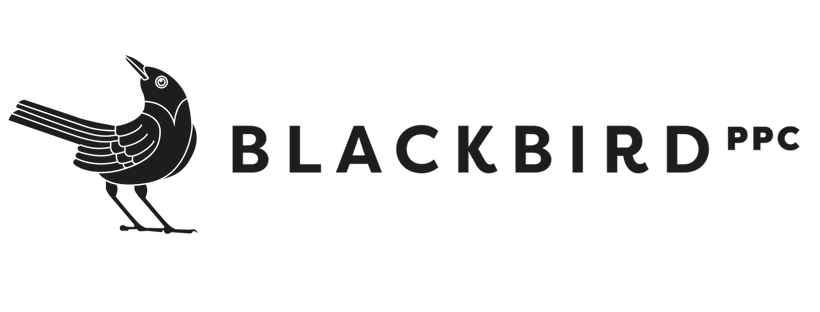3 Keys to High-Performing LinkedIn Ad Creative
Finding and connecting with top B2B audiences is the core strength of LinkedIn ads. But to run truly differentiated LinkedIn ad campaigns, you’ve got to dial in your ad creative and focus on three key principles that consistently drive success:
1. Clarity of the Offer: Make sure the user knows exactly what the ad is promoting and what they will gain by clicking on it. We have less than a second to tell users what they can expect by clicking the ad. If there is ambiguity, the user will become confused, and the ad will perform poorly.
2. Specific Audience Fit: Clearly define who this offer will help, making it easy for the intended audience to recognize that this content is tailored to them (and making it easy for other users to skim past the ad). This can be done by directly calling out the intended audience's job title or by being explicit in what the user will gain from engaging with the content.
The example below almost gets there, but it conflates benefits for SaaS clients with a general “agency” (marketing? Creative? other?) audience call-out:
3. Messaging That Motivates: Motivate users to take action by emphasizing the value they’ll gain from the content—such as learning new skills or insights that can help them and their organization stay competitive in the marketplace.
Putting the Creative Pieces Together
The ad template that we have seen works well and satisfies these prerequisites are what we at Blackbird call "Big Text" ads." Here’s an example of a "Big Text" ad that I found in my feed:
For testing with this ad template, I’ve outlined the main variables we can experiment with, ranked by their potential impact on performance:
Content Offer: The actual offer being promoted has the greatest potential to influence performance, as its perceived value often drives clicks and conversions. We have seen tremendous variance in performance between ads that were very similar but promoted different offers.
Text/Messaging within the Image: The messaging that appears directly on the image should be concise and communicate the value of the offer. Testing different messages can help determine which resonates most with the audience.
Accompanying Visual on the Image: The imagery used in the ad plays a key role in grabbing attention. Testing variations in visuals (lifestyle, illustrations, product shots) can help identify the styles most appeal to the target audience.
Color/Tone of the Visual: The colors and overall tone (e.g., bright vs. muted, warm vs. cool) of the visual can affect how users perceive and respond to an ad. Testing different color palettes can help find the right aesthetic that captures attention while aligning with brand identity.
Accompanying Text: Testing variations of the accompanying text can help optimize the message for clarity and appeal.
Let’s take that Bamboo HR ad as an example:
Content Offer: The offer would be a demo: https://www.bamboohr.com/pl-pages/easier-hr-nightmares
Text/Messaging within the Image: Frightfully easy HR Software
Accompanying Visual on the Image: Witch Egg with Product shots
Color/Tone of the Visual: Topical Halloween Orange
Accompanying Text: No tricks, just treats. Try BambooHR® today and see just how easy HR software can be.
The Impact of Better LinkedIn Creative
When you refine your creative, you can expect the following effects on KPIs:
Higher CTR, which will lead to lower CPCs
Higher CVR
Ultimately, you’ll get more bang for your LinkedIn ad budget if you can use your creative to dial in your audiences. Make sure you’ve got a creative testing strategy set up that can return the data you need to optimize the elements above as you go, and your lower-funnel metrics will thank you for it.




